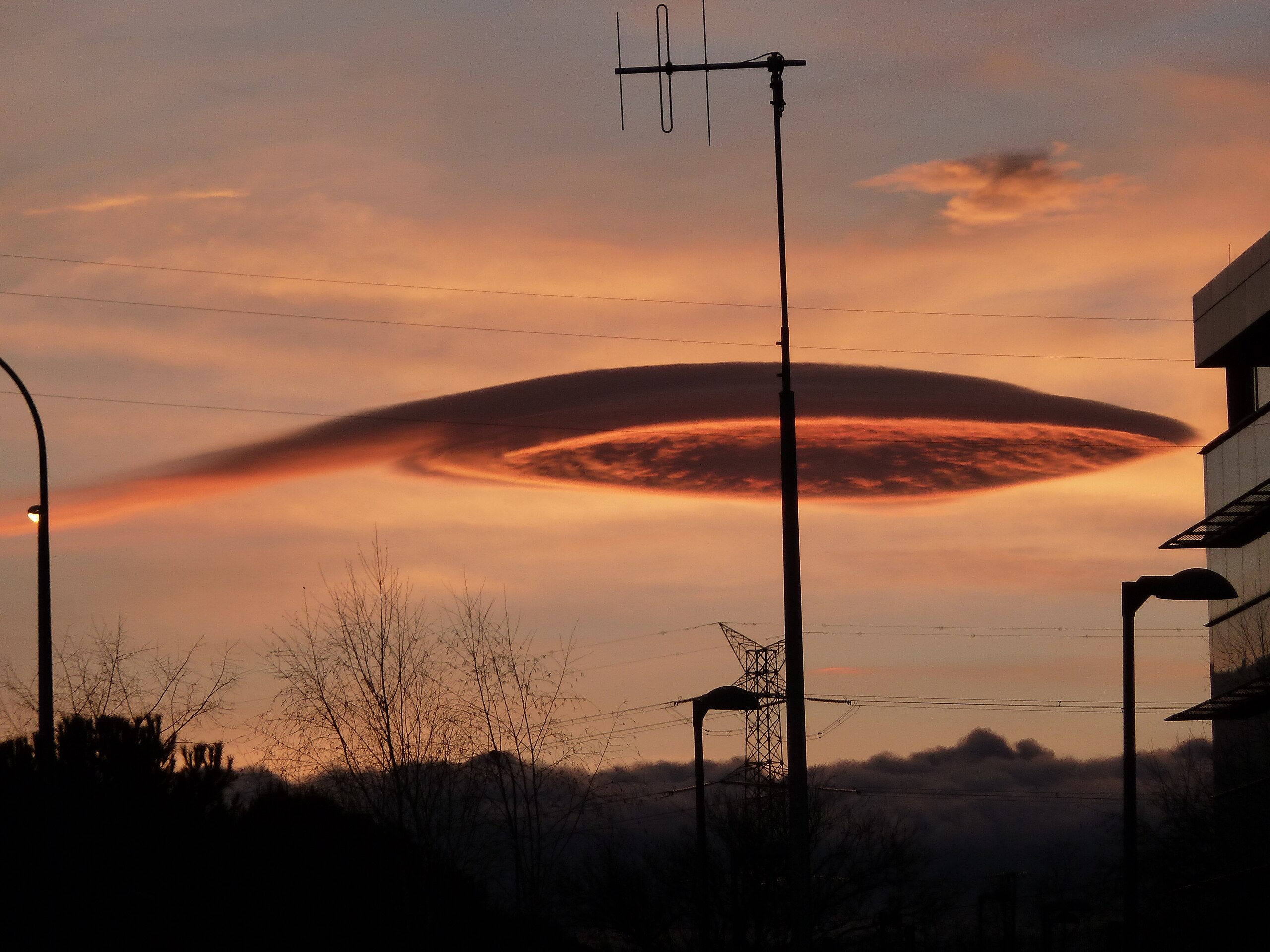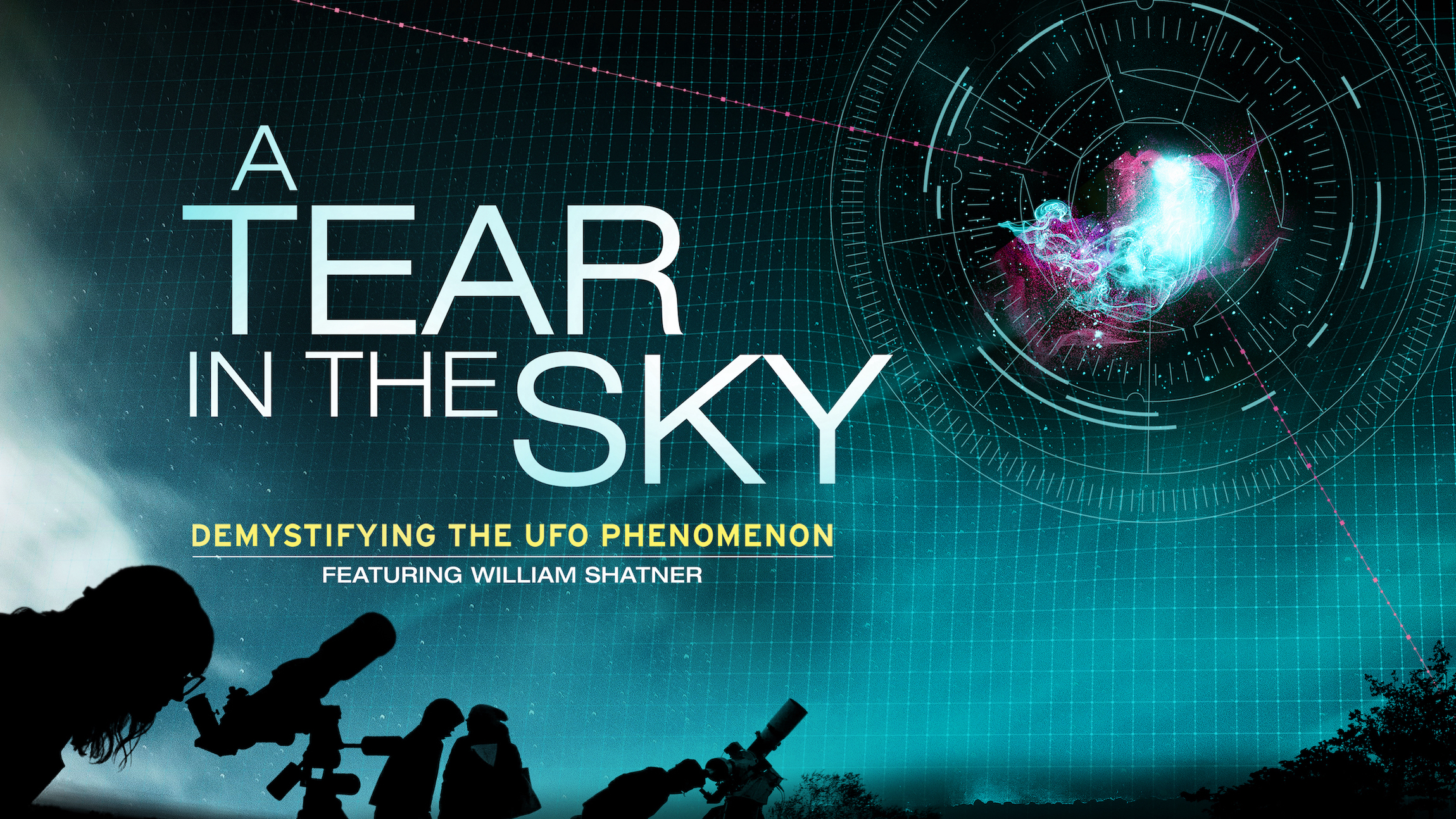The silly “UFO” has been abandoned by the U.S. government in favor of “UAP,” a more scientific phrase. But what are the benefits of this change?
◊
The key distinction between unidentified flying objects (UFOs) and unidentified anomalous phenomena (UAPs) is philosophical but important. Documenting UFOs is all about donning your tin foil hat and searching for aliens, while documenting UAPs is about reducing stigma, informing the public, and keeping airspaces safe.
A few years ago, when the U.S. Department of Defense coined the phrase “UAP,” the “A” stood for “aerial.” The goal of this development was to supplant hysteria about extraterrestrials with scientific inquiry. Authorities swapped “aerial” for “anomalous” when they recognized that some curiosities could creep along the ocean floor or exist far outside the atmosphere. Broadening the search for UFOs into one for UAPs has presented several benefits.
Calling Them UAPs Reduces Stigma
Since the early 20th century, claiming to see a UFO has suggested mental or emotional instability, negatively impacting the lives of many who claimed to have had such experiences. People have lost careers, marriages, and custody of children over such claims.
Because a discussion of UAPs doesn't necessarily involve encounters with aliens, civilians can present evidence or experiences to government agencies without generally being dismissed as delusional. In fact, the U.S. Defense Department's All-domain Anomaly Resolution Office (AARO) received over 100 reports of UAP sightings between 2021 and 2022, and received 500 more between 2023 and 2024. The National Aeronautics and Space Administration (NASA) has provided guidance for outlining the most critical information to record upon spotting a UAP, including time of day, date, location, and the object’s brightness.
Calling Them UAPs Solves Problems
As big as our atmosphere may seem to us, it’s also full of planes, airborne trash, satellites, and drones. Between malicious surveillance and flightpath obstructions, “aliens” are no more than a small fraction of what UAPs could be. Any aerial anomaly unknown to air traffic controllers can pose a problem, if not an outright safety hazard, and this danger should encourage civilians to report UAPs.
For example, what if a Chinese spy balloon of 2023 had collided with a commercial aircraft? And in 2009, it took only a single bird being sucked into one of its engines to force US Airways Flight 1549 to make a dramatic emergency landing on the Hudson River. More recently, people have reported seeing numerous unidentified drones in New Jersey.
Calling Them UAPs Answers Questions
One major benefit of UFO “sightings” is that they’ve resulted in simple explanations for why something might look like an alien ship. For example, onlookers often confuse curiously round lenticular clouds and distant celestial bodies with spacecraft.
Continuing to acknowledge similar anomalies as UAPs allows further responsible investigation into such phenomena. As scientists learn more about our world and the cosmos, civilians who report UAP sightings can gain a clearer understanding of what they've seen or experienced.
 A lenticular cloud over Tres Cantos, Spain (Credt: Malopez 21, via Wikimedia Commons)
A lenticular cloud over Tres Cantos, Spain (Credt: Malopez 21, via Wikimedia Commons)
Calling Them UAPs Increases Transparency
A significant impetus behind hysteria surrounding extraterrestrials has been secrecy. When many of us think of aliens, we think of Area 51, taciturn government personnel, and fences of barbed wire. While no evidence suggests deliberate obfuscation by the government, the AARO hasn’t resolved all its cases.
On November 13, 2024, the U.S. House of Representatives Committee on Oversight and Accountability held a hearing on UAPs. A number of civilians and military officers testified, with most urging greater transparency concerning UAPs, including the declassification of documents related to sightings. Ultimately, shifting our focus from UFOs to UAPs will encourage research to evolve into a dialogue among scientists and other experts, government representatives, and the general public.
Ω
Title Image: The original model of the Mothership from the movie Close Encounters of the Third Kind (Credit: Sanjay Archaya, via Wikimedia Commons)


